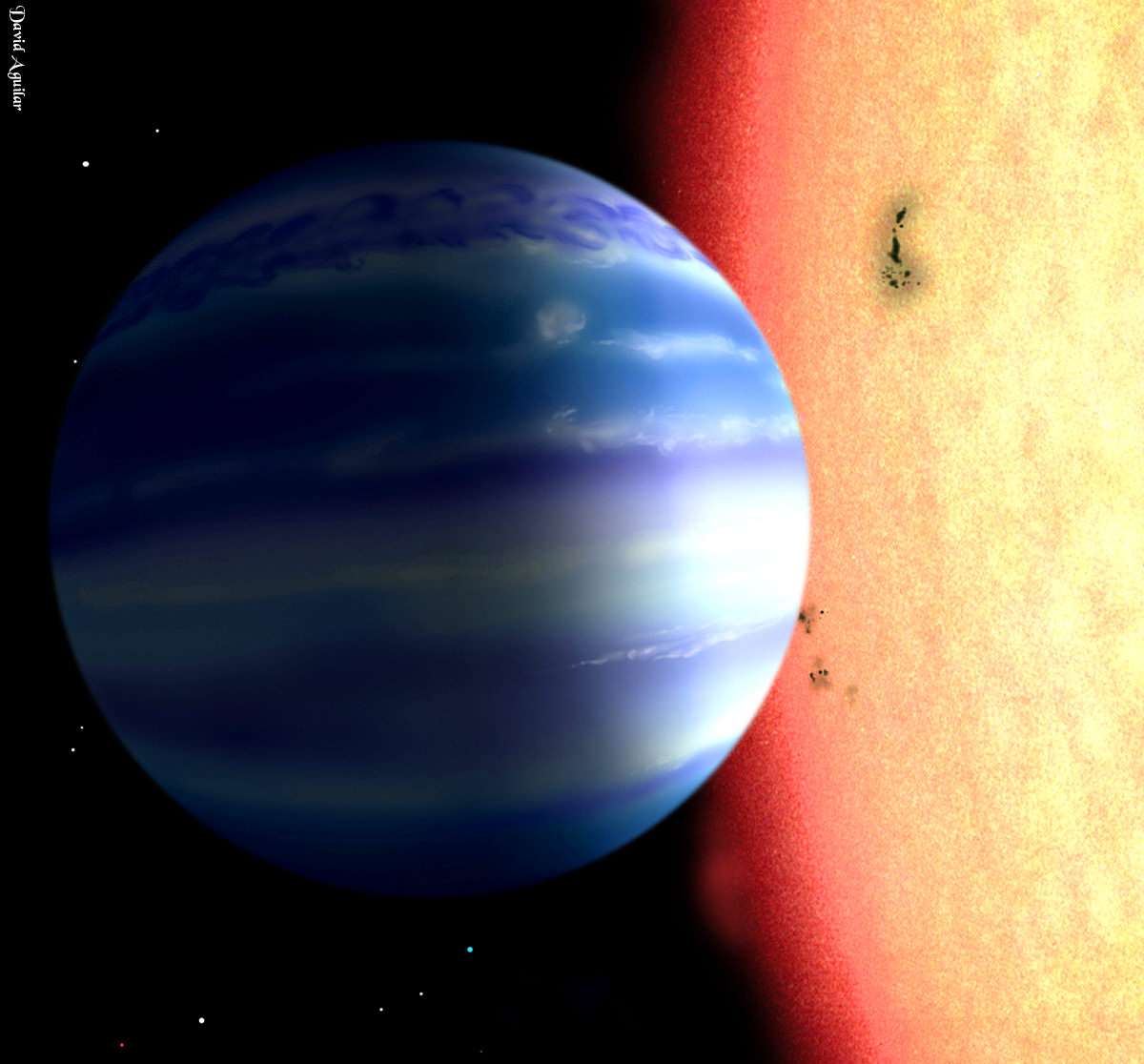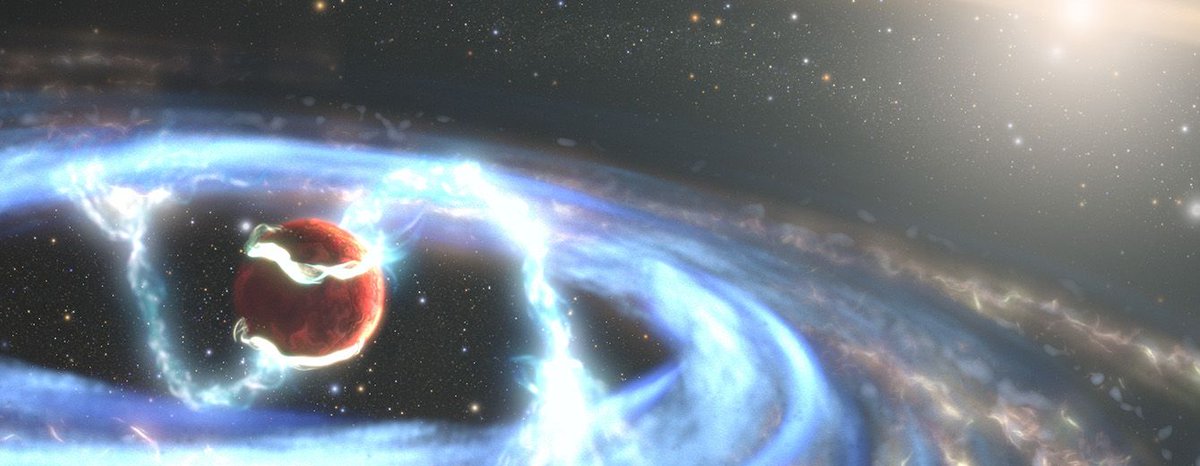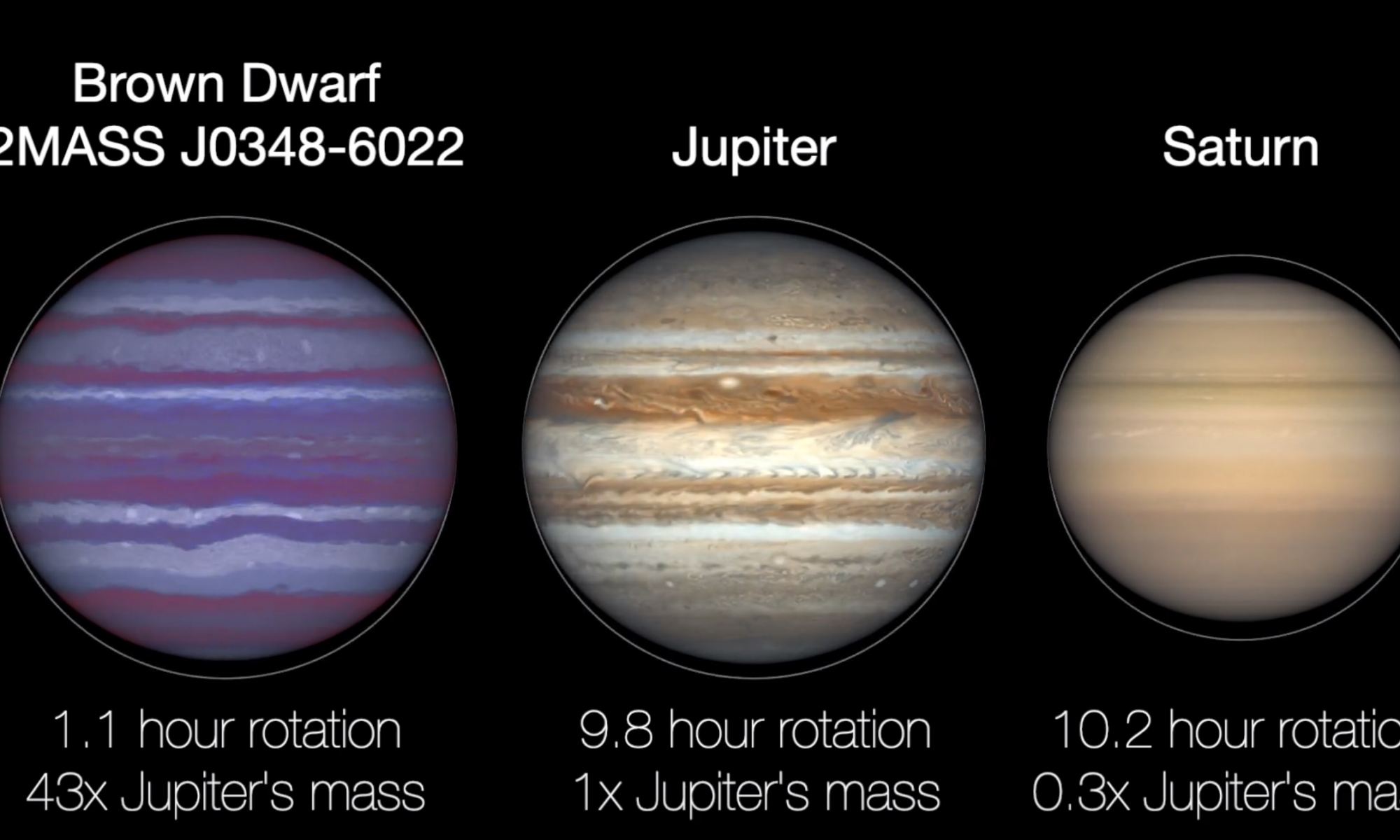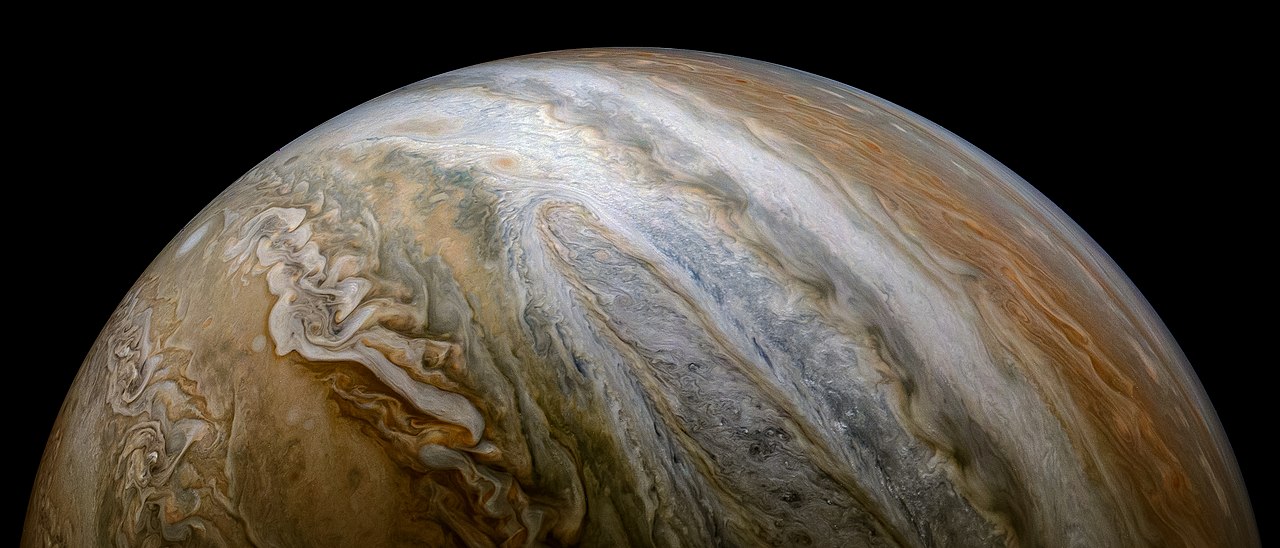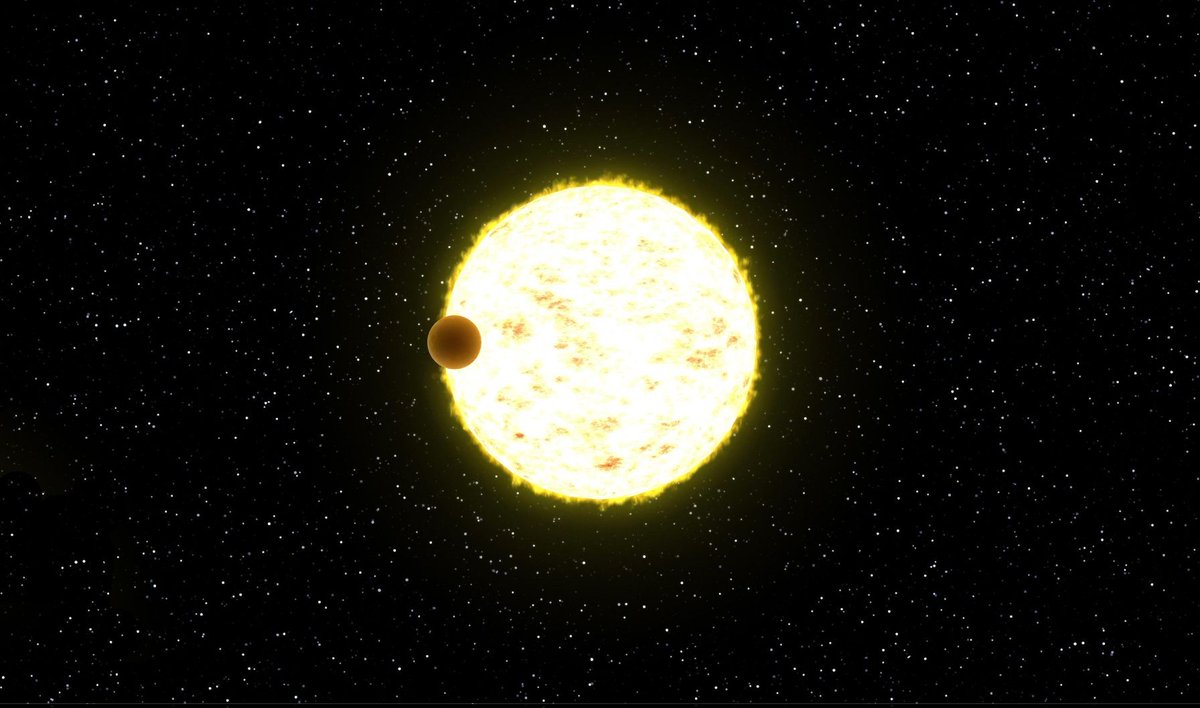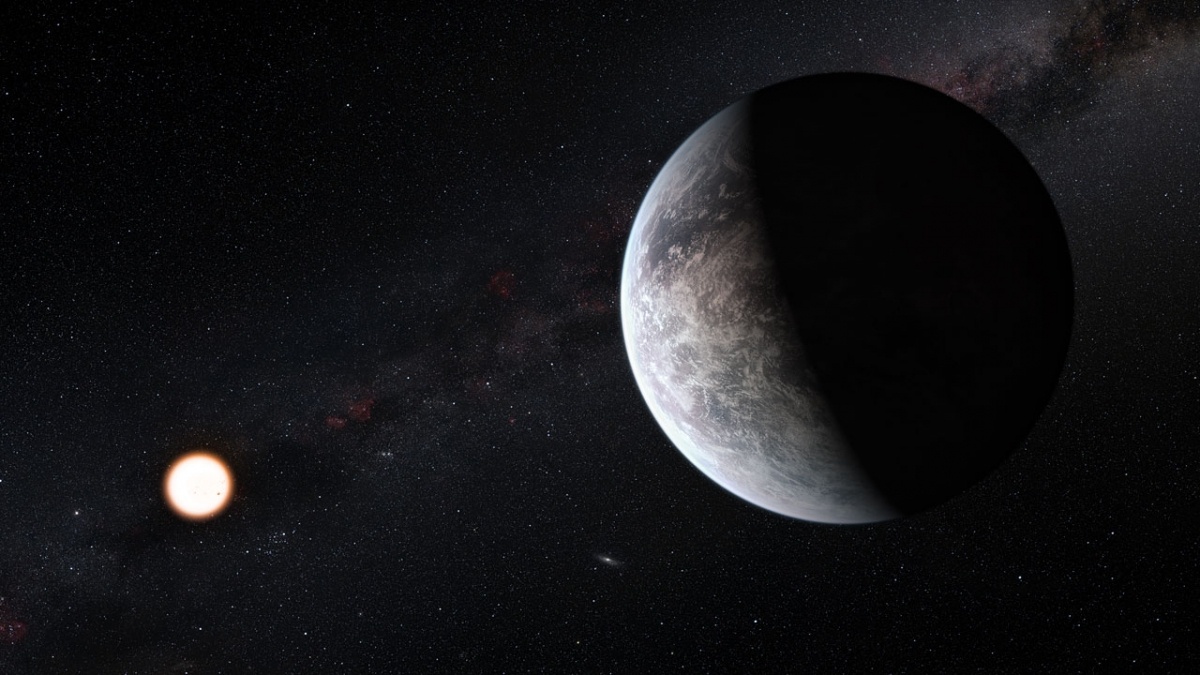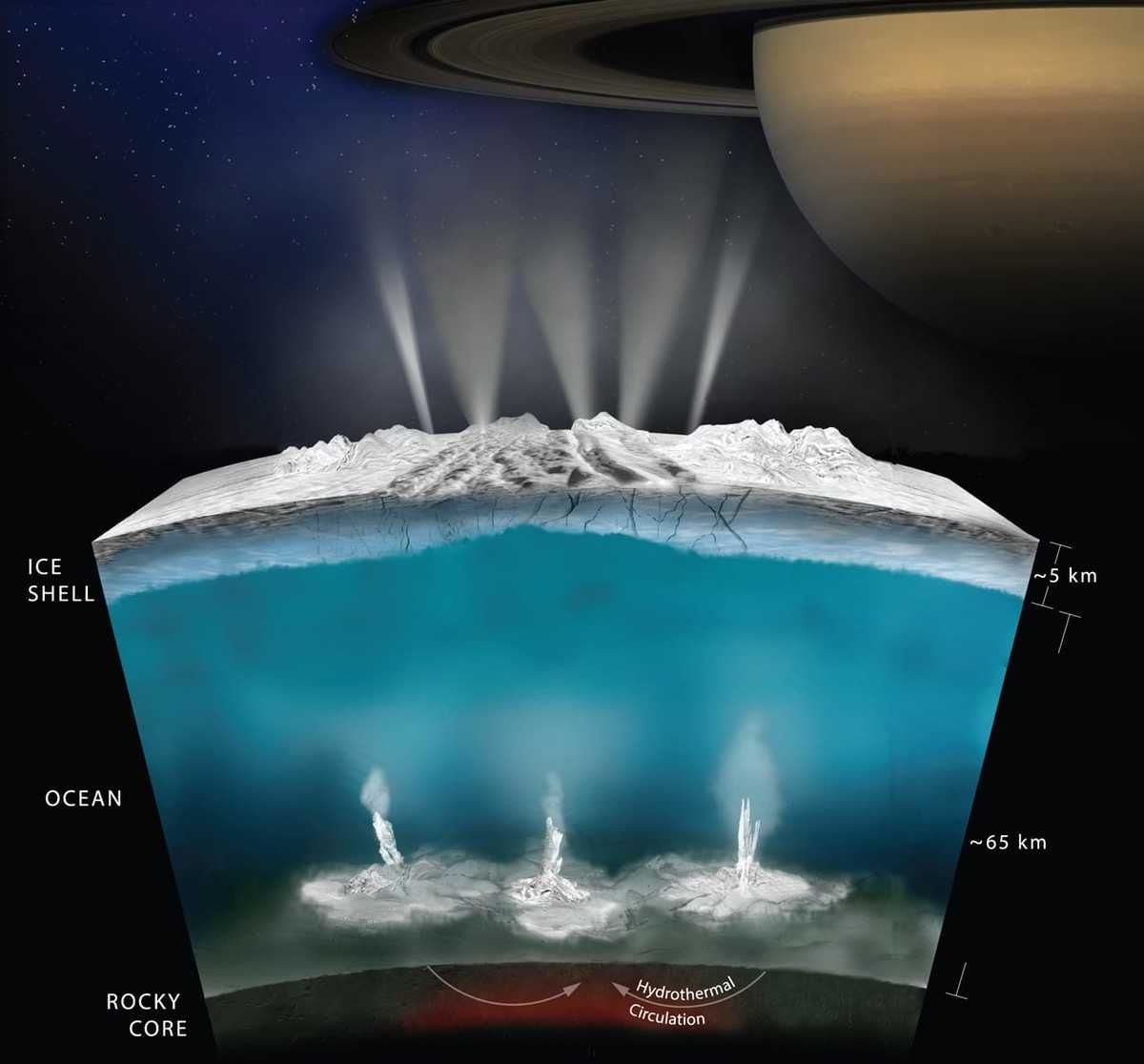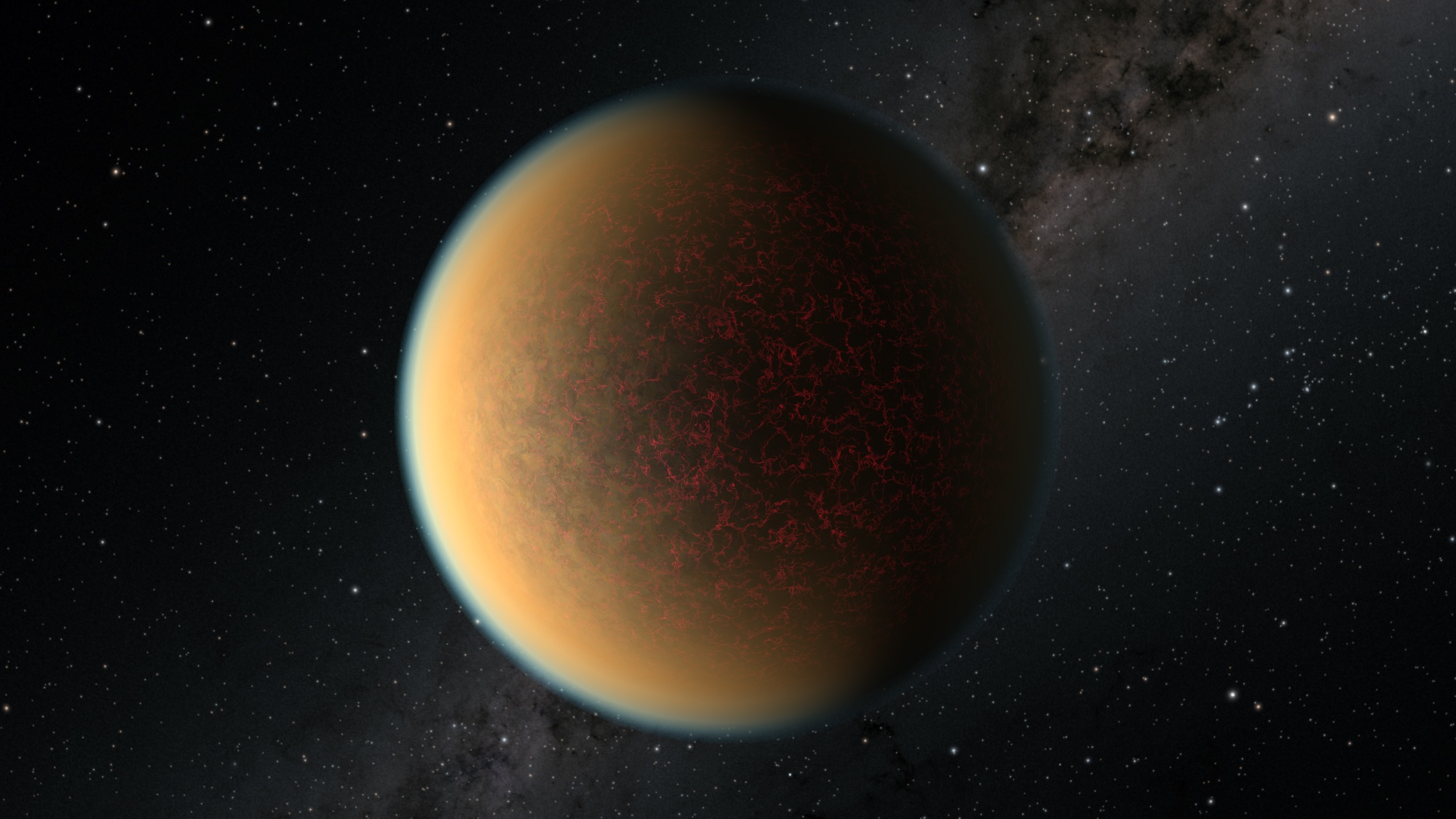It is no exaggeration to say that the study of extrasolar planets has exploded in recent decades. To date, 4,375 exoplanets have been confirmed in 3,247 systems, with another 5,856 candidates awaiting confirmation. In recent years, exoplanet studies have started to transition from the process of discovery to one of characterization. This process is expected to accelerate once next-generation telescopes become operational.
As a result, astrobiologists are working to create comprehensive lists of potential “biosignatures,” which refers to chemical compounds and processes that are associated with life (oxygen, carbon dioxide, water, etc.) But according to new research by a team from the Massachusetts Institute of Technology (MIT), another potential biosignature we should be on the lookout for is a hydrocarbon called isoprene (C5H8).
Continue reading “If Astronomers see Isoprene in the Atmosphere of an Alien World, There’s a Good Chance There’s Life There”
